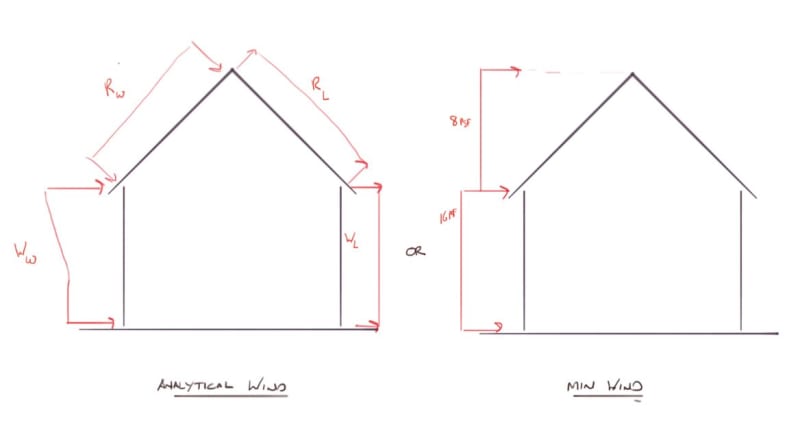Ayham Shahoud
Structural
- Apr 7, 2022
- 7
As mentioned in ASCE 7-10 / 27.4.7, "The wind load to be used in the design of the MWFRS for an enclosed or partially enclosed building shall not be less than 16 lb/ft2 (0.77 kN/m2) for walls and 8 lb/ft2(0.38 kN/m2) for roofs". As my project is classified as enclosed, the majority of the wall's design pressure values are smaller than(0.77 kN/m2). So, Should I replace them with the limit value 0.77 kN/m2 ??



